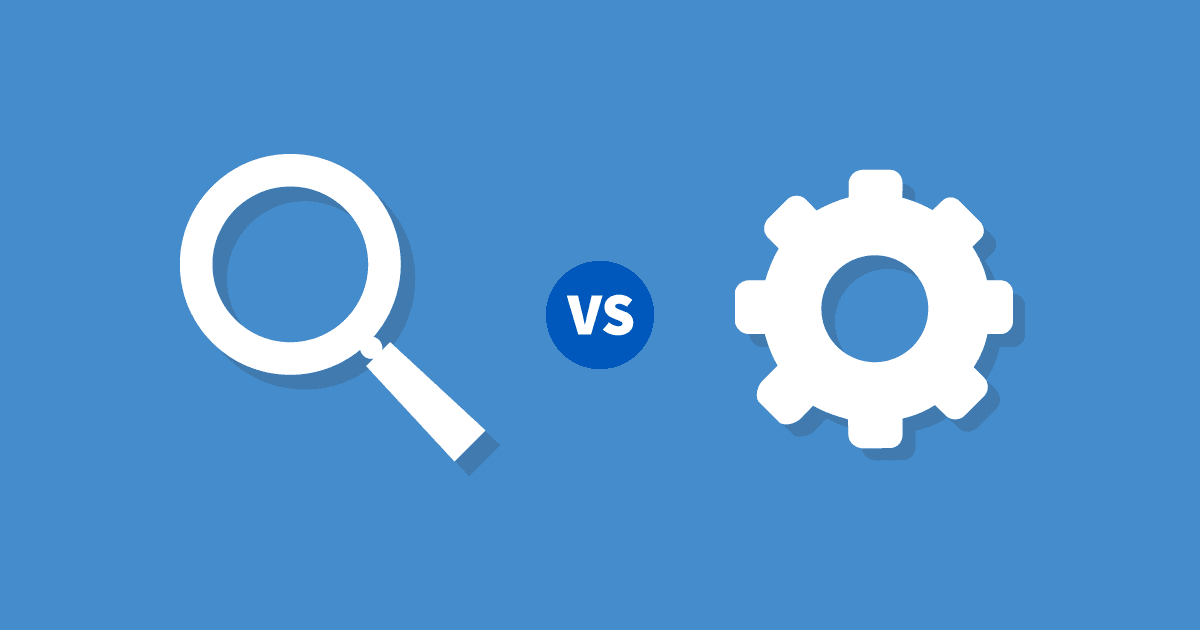Striking the Balance: Software Testing vs. Software Development
In the realm of software development, two crucial processes work hand in hand to create reliable, high-quality software products: software testing and software development. Both are essential components of the software development lifecycle, each playing a distinct role in ensuring the delivery of robust and bug-free applications. In this blog post, we will explore the differences between software testing and software development, their respective goals, and the symbiotic relationship they share in delivering exceptional software products.
Software Development: Building the Foundation
Software development is the process of designing, coding, and creating software applications. It involves translating the requirements and specifications provided by stakeholders into functional and feature-rich software solutions. Developers use various programming languages, tools, and frameworks to write code that implements the desired functionality and meets the user’s needs.
http://informationarray.com/2023/07/20/bitbucket-vs-git-understanding-the-key-differences-and-choosing-the-right-version-control-system/
Key Aspects of Software Development
- Coding and Implementation: Developers write code to implement the features and functionalities specified in the project requirements.
- Version Control: Developers use version control systems like Git to manage and track changes to the codebase, facilitating collaboration and code maintenance.
- Optimization: Developers focus on optimizing the code for efficiency, performance, and maintainability.
- Error Handling: While developing, developers incorporate error handling mechanisms to handle exceptions and prevent application crashes.
Software Testing: Ensuring Quality Assurance
Software testing is a systematic process aimed at evaluating the software’s quality and identifying defects or bugs. Testers meticulously verify the software’s functionality, performance, and security to ensure that it meets the expected standards and requirements. By identifying and rectifying defects early in the development process, software testing plays a vital role in preventing issues from reaching end-users.
Key Aspects of Software Testing
- Test Planning: Testers develop a comprehensive test plan that outlines the testing objectives, test cases, and the testing environment.
- Test Execution: Testers execute test cases to verify the software’s functionality, ensuring that it behaves as intended.
- Bug Reporting: Testers report defects and issues to developers, providing detailed information to facilitate effective bug fixing.
- Test Automation: Automated testing is employed to repeat tests efficiently and consistently, saving time and effort.
The Symbiotic Relationship
Software testing and software development complement each other, forming a symbiotic relationship that fosters software quality and reliability.
- Early Bug Detection: Software testing helps identify bugs and defects during the development phase, allowing developers to address issues promptly, reducing the cost and effort involved in fixing them later.
- Continuous Improvement: Feedback from testing helps developers refine their code and enhance the software’s performance and user experience.
- Iterative Process: Testing and development work iteratively, with each iteration bringing the software closer to meeting its intended goals and requirements.
- User-Centric Approach: Testing ensures that the software aligns with user expectations and delivers a seamless experience, validating the effectiveness of the development efforts.
In the realm of software development, both software testing and software development are indispensable components, working in tandem to create exceptional software products. While development builds the foundation of the software, testing validates its quality, ensuring that it meets user expectations and operates flawlessly.
The collaboration between developers and testers, constant feedback loops, and iterative approach result in a dynamic process that fosters continuous improvement and delivers reliable software products. By striking the right balance between software testing and software development, development teams can create cutting-edge applications that delight users, stand out in the market, and withstand the test of time.









